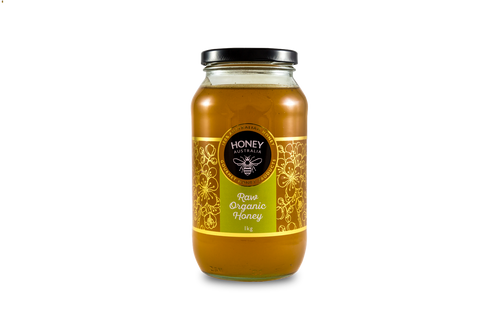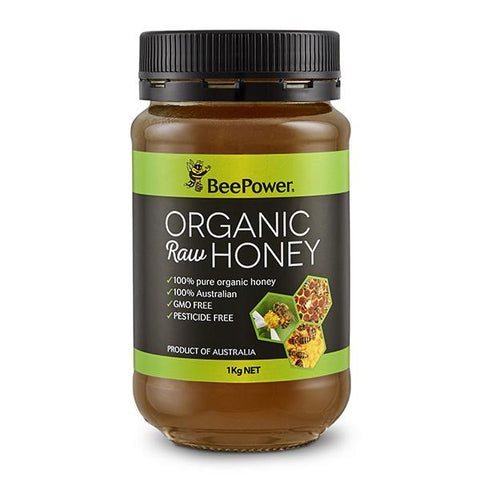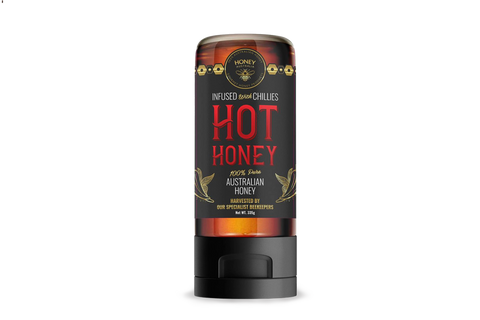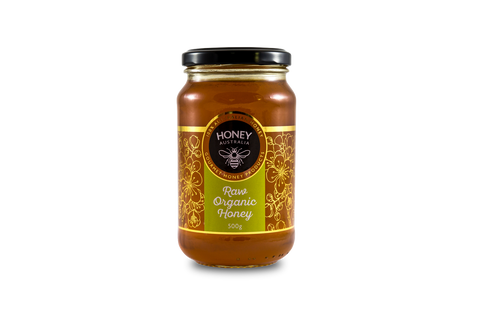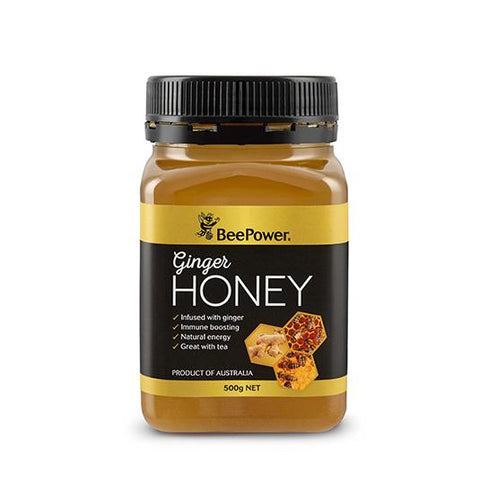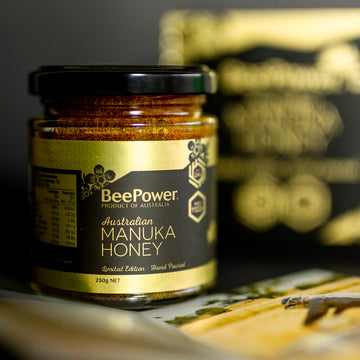FAQs
Absolutely! In fact, if your jar of honey has started to crystallise and go hard – it’s a good sign. This means that your honey is pure and free from additives such as sugar, high fructose corn syrup and nasty chemicals and has not been pasteurised at high temperatures which destroys nutrients and enzymes.
With ‘pure’ honey, crystallisation happens naturally and spontaneously, more often as the weather gets colder and has no negative effects on the honey itself – in fact, it helps to preserve the nutrients and quality.
You can eat and enjoy crystallised honey just as it is – in fact, many people prefer it, because it is easier to spread, and you avoid the drips. However, If the hardened texture bothers you, simply place your jar in a sunny spot or in a bowl of warm water for a few hours to return to a liquid state.
In the business we call this ‘honey foam’ and it is completely safe and good for you! The foam is a result of trapped air bubbles created in the filling process rising to the top. Honey foam is delicious, its light and fluffy as often filled with all the good stuff raw honey has to offer including pollen and propolis which are filled with vitamins and minerals.
Yes, it’s the same product! The colour of the honey is determined by the nectar that the bees collect. When working with a natural product, there are many factors to be considered including rainfall, climate, season, time of year and vegetation, which will result in slight taste and colour variations even within the same variety of honey.
MGO and UMF and both grading systems used for Manuka Honey. One of the components of the unique activity in Manuka Honey is methylglyoxal (MGO).
MGO is an indicator of the strength of the activity in Manuka Honey. The activity strength (MGO Rating) on the label indicates the therapeutic benefit of the honey, the higher the rating the more beneficial the honey will be.
Manuka Honey contains naturally occurring plant phenols and is made from the nectar of the Leptospermum Scoparium plant known more commonly as the Manuka Bush.
One of the main components attributed to the unique activity in Manuka Honey is methylglyoxal (MGO). MGO is an indicator of the strength of the activity in Manuka Honey. The activity strength (MGO Rating) on the label indicates the therapeutic benefit of the honey, the higher the rating the more beneficial and active the honey is.

